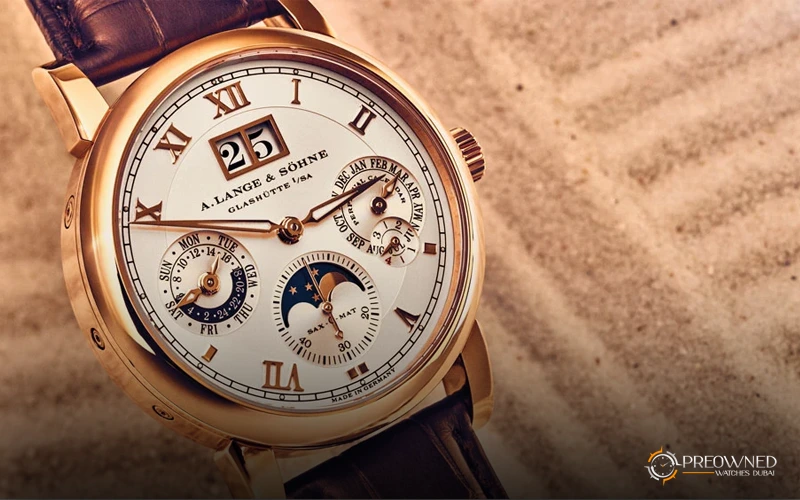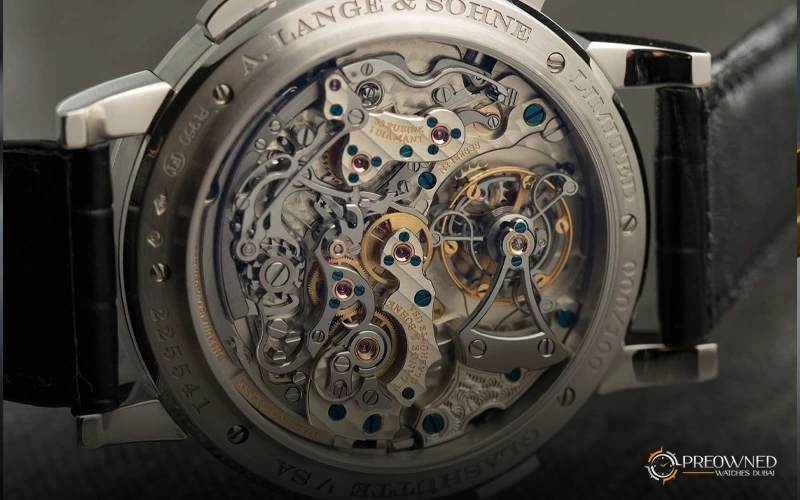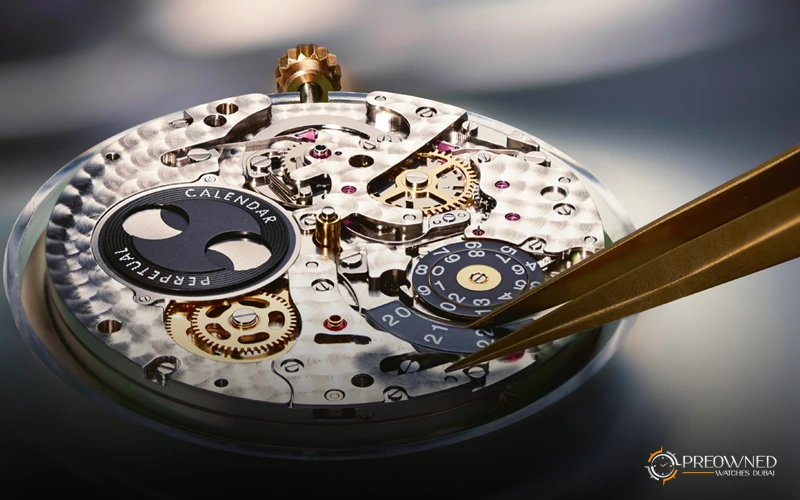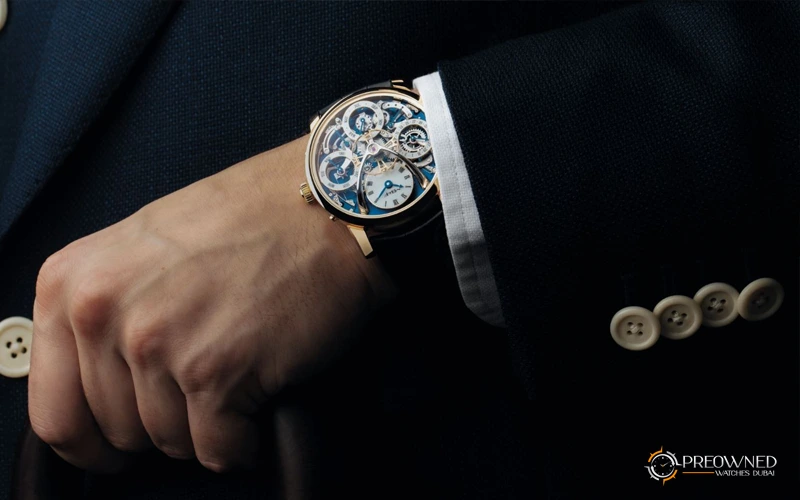All You Need To Know About a Perpetual Calendar Watch
The history of the perpetual calendar watch traces back to the late 18th century. During this period, watchmakers experimented with calendars that could automatically adjust the date and day for different lengths of months. However, it wasn't until the early 20th century that the first practical perpetual calendar watch was developed by Patek Philippe. In this article, we’ll take a closer look at the perpetual calendar and understand the significance of this particular function.
What is a perpetual calendar watch?
A perpetual calendar watch is a mechanical watch that displays the date, day, month, and year. It takes into account the varying lengths of months and the occurrence of leap years.
These watches are designed to automatically adjust the date. This means that you need not manually adjust it at the end of every month or during leap years. The perpetual calendar mechanism in these watches is complex and requires precise engineering in order to function accurately.
As mentioned above, Patek Philippe was the first company to showcase a successful perpetual calendar mechanism. This watch was introduced in 1925 and became an instant success in the world of luxury watches.
How perpetual calendar watches work
Perpetual calendar watches are powered by a mechanical movement, which means they do not require a battery or any other external source of power to operate.
Instead, a perpetual calendar watch relies on a series of gears, levers, and springs that are wound automatically by the motion of the wearer’s wrist. The movement of the watch is regulated by a balance wheel. This wheel oscillates at a constant rate to keep time accurately.
Theoretically a perpetual calendar watch should accurately display the date until the year 2100, after which it will need to be adjusted manually. This to account for the fact that the year 2100 is not a leap year.
A perpetual calendar watch features an incredibly complex mechanism which requires precise engineering to function accurately. As stated above, the mechanism uses a set of gears, levers, and cams that work in harmony to adjust the date, day of the week, and month.
The mechanism also includes a moon phase indicator, which displays the phase of the moon as it appears in the sky.
Complexities of developing a perpetual calendar watch
One of the major challenges of designing a perpetual calendar watch is to ensure that it remains accurate over a long period of time. Due to the complex nature of the mechanism, even the smallest error in one of the gears or levers can cause the watch to drift out of sync over time.
In order to prevent this from happening, high-end watchmakers use only the finest materials and the most skilled watchmakers to assemble and adjust the perpetual mechanisms.
Another challenge that is worth mentioning is ensuring an easy usability of the perpetual mechanism. A perpetual calendar watch is so complex, it can be difficult to set and adjust the watch functions correctly.
Therefore, to make the process as simple as possible, perpetual calendar watches include a set of correctors that allow the wearer to adjust the date, day of the week, and month quickly and easily.
Best perpetual calendar watches
Perpetual calendar watches are highly valued by collectors and watch enthusiasts for their accuracy, complexity, and beauty. Many luxury watchmakers offer perpetual calendar timepieces in their collections.
Some of the well-known brands that offer this function in their watches include Patek Philippe, Vacheron Constantin, and Audemars Piguet. Following is a list of the 5 perpetual calendar watches that are considered amongst the best in the world:
- Audemars Piguet Royal Oak Perpetual Calendar reference no. 26579CB.OO.1225CB.01
- Patek Philippe Perpetual Calendar reference no. 7140
- Vacheron Constantin Perpetual Calendar Ultra-Thin reference no. 43175/000R-9687
- Patek Philippe Nautilus Perpetual Calendar reference no. 5740
- Hublot Big Bang Unico Perpetual Calendar Sapphire watch
Perpetual calendar watch: A practical watch function
Perpetual calendar watches are highly sought after by those who appreciate the art of watchmaking. These timepieces represent the pinnacle of mechanical watchmaking and require the most skilled artisans to design, assemble, and adjust the mechanisms.
Because of their complexity and rarity, this watch type fetches prices in the tens or even hundreds of thousands of Dirhams.














